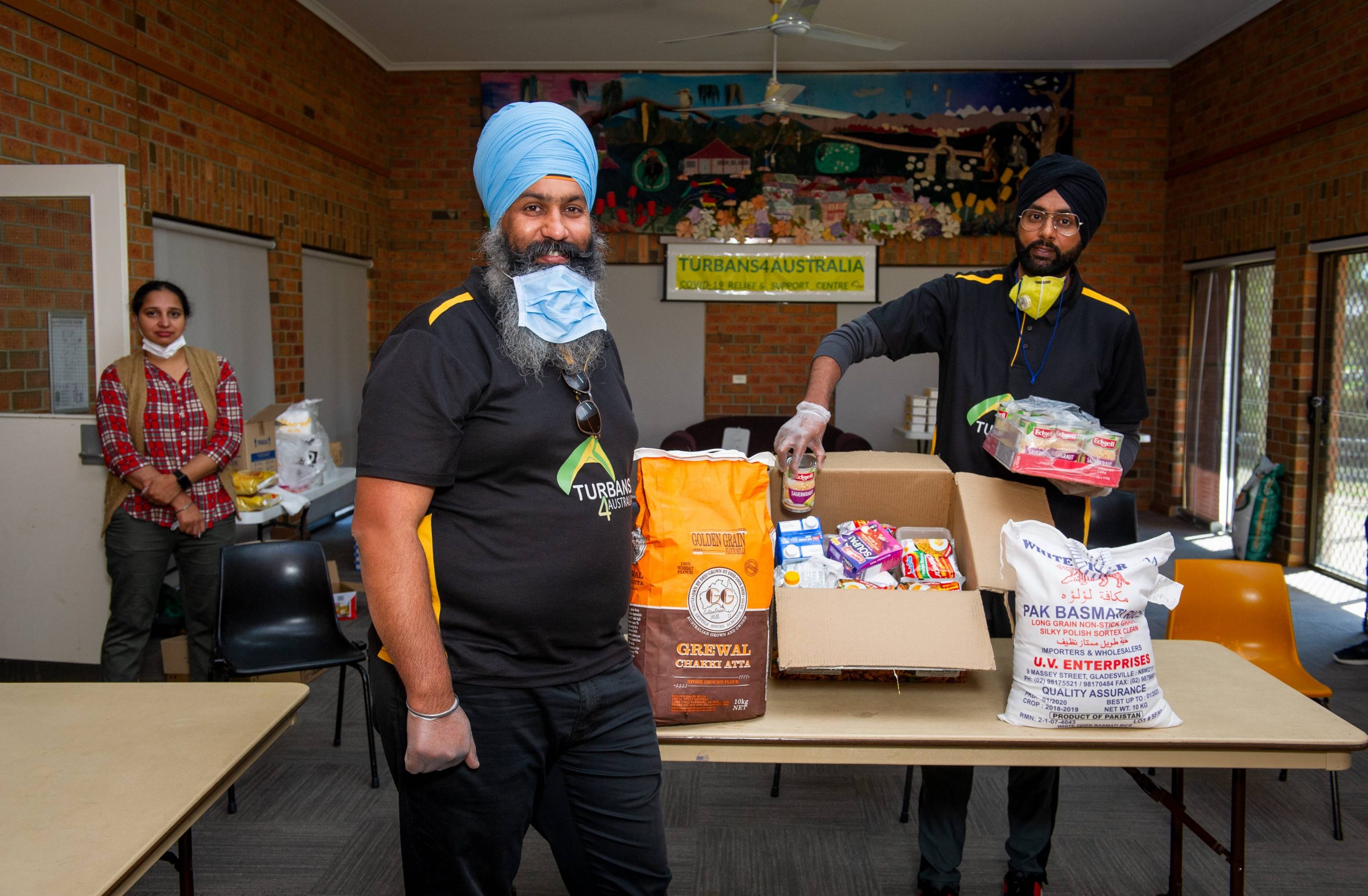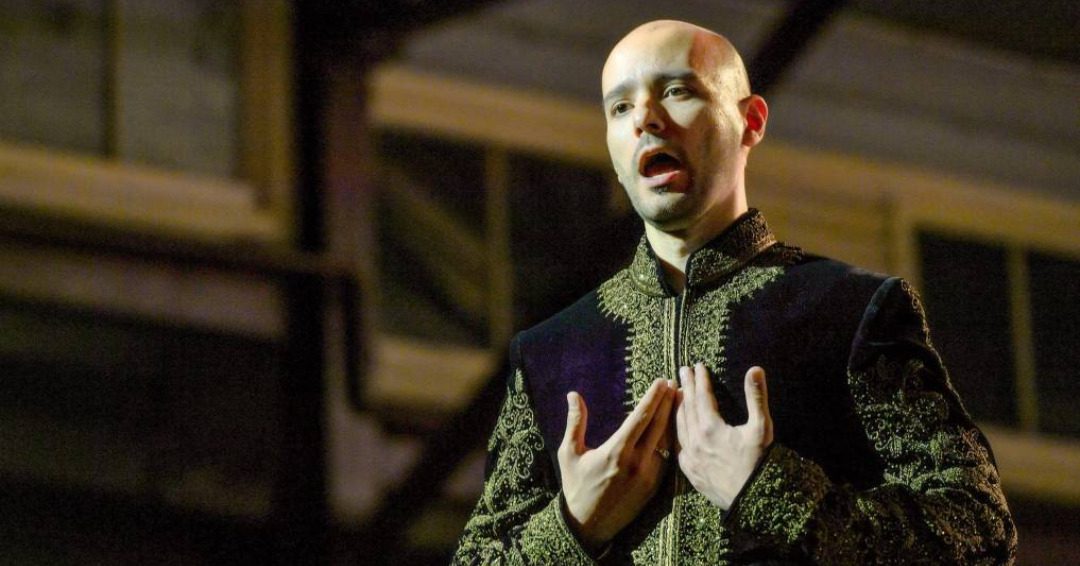(November 17, 2022) “A co-worker once told me I looked like a terrorist. While simply going about my daily life, strangers on the street have asked me if I’m carrying a bomb, or what I’m hiding under my turban. It saddened me that my turban, my spiritual crown, the most sacred object on my body, had become an object of fear. My experiences of discrimination were far from the accepting multicultural Australian society I had known and loved since I arrived here (Australia) as a fifteen-year-old,” Amar Singh writes on the website of Turbans for Australia, a Sikh-led charity organisation that helps Australians in need. The organisation was Amar’s answer to hate as he wanted Australians to see Sikhs as people who could be trusted and turned to in times of need. Seven years later, the Sikh volunteer has been honoured with the 2023 New South Wales Australian of the Year Award for supporting the community during floods, bushfires, drought, and the pandemic.

Amar Singh is the founder of Turbans 4 Australia
Calling Singh New South Wales’ local hero, the government’s statement read, “The 41-year-old believes helping others should not be limited by religion, language or cultural background. He founded a charity after experiencing racial slurs and insults because of his Sikh turban and beard, and wanted to show people they didn’t need to be afraid and began helping struggling Australians.”
“Every week, Turbans 4 Australia package and distribute up to 450 food and grocery hampers to people experiencing food insecurity in Western Sydney. Turbans 4 Australia has delivered hay to farmers experiencing drought; supplies to flood victims in Lismore and bushfire-impacted people on the South Coast; and food hampers to the isolated and vulnerable during COVID-19 lockdowns,” it added.
Singh was just a teenager when he came to Australia and was passionate about community service from a young age. While he did his bit on a smaller scale, it was after the 9/11 attack that according to Amar “the first victim of a hate crime was an American Sikh.” But after experiencing ethnic slurs, he wanted to change Australians’ perspective on Sikhs. “I wanted to do so by following the teachings of my faith, particularly our strong tradition of helping those in need regardless of their race, religion, ethnicity or social status,” he writes on the website. And he knew the best way to teach others about the Sikh community and his faith was through charity work.

Amar Singh won the NSW Australian of the Year Award
In the last seven years, Turbans 4 Australia has helped people during natural disasters like floods, bushfires, and cyclones, along with people facing homelessness, domestic violence, poverty, unemployment, and isolation.
Moreover, Singh organised Turban Fests across Australia to create awareness about the Sikh community. ” By tying turbans on people’s heads, we create an opportunity to chat without fellow Australians and show them that our turbans and beards are nothing to fear. We’ve staged traditional Bhangra dance performances and demonstrated the Sikh martial art of Gatka at venues throughout the nation, including official Australia Day celebrations in Sydney and Melbourne, the Cancer Council’s Relay for Life, and numerous multicultural events,” he adds.
Singh’s mission is to help Australians in need along with breaking down the barriers of fear and misunderstanding by promoting multiculturalism. “With a charity van running in Queensland’s Brisbane and a new warehouse coming up in Victoria’s northern suburb of Thomastown, I can proudly say that ours is a national charity and as a humbled Sikh I hope that our team will continue to promote charity, compassion and multiculturalism for many years to come,” the Global Indian told sbs.com.au.



